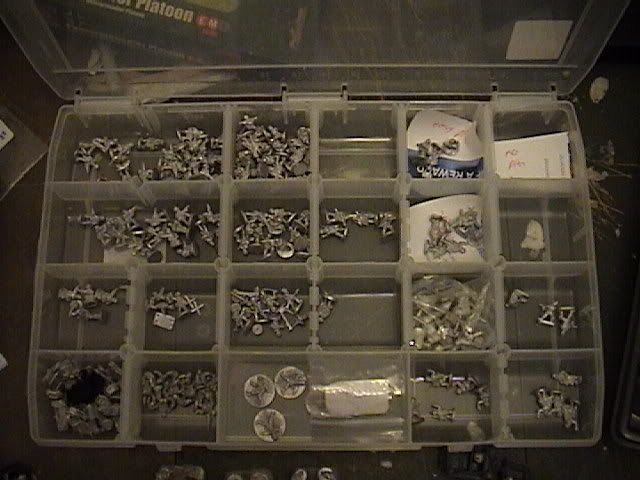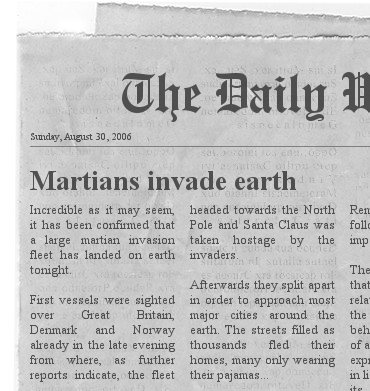Miniatures are dirty. Flash, mild lines, casting problems… to say nothing of resin. I spent a hugh amount of time just cleaning and organizing all the castings. All flash and mold likes of any kind were removed, and the base tabs on the infantry figures were given a quick filing down. Nothing drastic, not enough to hide the base tab or anything, just smoothing it over so the guy would stand up. Anything made of resin got special attention. They got the same clean-up as every thing else, but special attention was paid to the bottom of anything with a cast resin base. Using a steel file, I sanded down the bottoms until they were smooth, then sanded the edges and blended it all together. Is this necessary? Not really, but it sure feels nice in the fingers when the bottoms are smooth. Given that I planned to do a good bit of writing on the bottom of the bases, it would actually turn out to be a requirement, but at this stage it was just a cosmetic decision. After all the sanding, all the resin pieces were washed with soapy water.
It had been my intention all along to mix up the various packs of miniatures as much as possible – gun crews mixed into rifle platoons, rifle platoon figures mixed in with the mortars, etc. The only way I could see to do that and keep everything straight was with a two-stage organization system. I use matching plastic cases for bits storage – I keep one for each army I run, so that I don’t have to pick through teller mines and bazookas to find a PIAT. Now I would have a few extras. Pictured here is the case used for my German forces, but it’s the same idea and a matching case.

Before they were cleaned and filed I just kept everything in its original packaging. As I cleaned each casting it went into the main storage case, organized by weapons, pose, and special equipment but without regard for its intended platoon. All my standing officers were in one cell, all my crouching officers were in another – and the only thing that made them officers was some kind of special kit, like binoculars or a Thompson. I broke my rifle men up into standing, prone, and advancing. Everybody was broken up like this, with special attention paid to standing/advancing poses versus prone positions.
Then once everything was cleaned up and the company plan was finished (I was working on both at the same time) I got out two more cases, and started to select the castings that would be used for each platoon. If there were castings that I really wanted to use in a particular platoon they were sorted out at this stage, along with enough basic troop figures to fill out the roster for that unit. I did this for every platoon in the army, just to make sure that I wouldn’t get excited and use a particular casting on one model, only to regret it when I needed that casting later. There was a lot of swapping around of castings and trying to imagine what each one might look like together and how I might use them with the scenic elements I was starting to think about. At this point I also picked out castings that I wanted to use for particular hero characters, like Winters or Spears. In some cases I wasn’t sure which figure to use, so I often just set them both aside.
After each platoon had been basically selected, I would go over each platoon in detail. Using a third sorting case, each team in the platoon was planned out to a man. Many castings were swapped and replaced at this point, but in the end I more or less knew what parts would go into any given model. Special scenic items were included in the sort at this stage, such as tree stumps or German guns.
This is the point when I finally stopped working on the army as a whole in massive swathes and started to really look at individual platoons. I only did the detailed team-by-team break outs for one or two platoons at a time. Once I had the teams planned, it was time to get serious.
It was time to quit screwing around.
It was time to convert miniatures.


No comments:
Post a Comment